Matís' newsletter has just been published. Here you can find the main news of recent weeks, summarized so that it is easy to read.
The newsletter can be found here: www.matis.is/frettabref

The newsletter can be found here: www.matis.is/frettabref
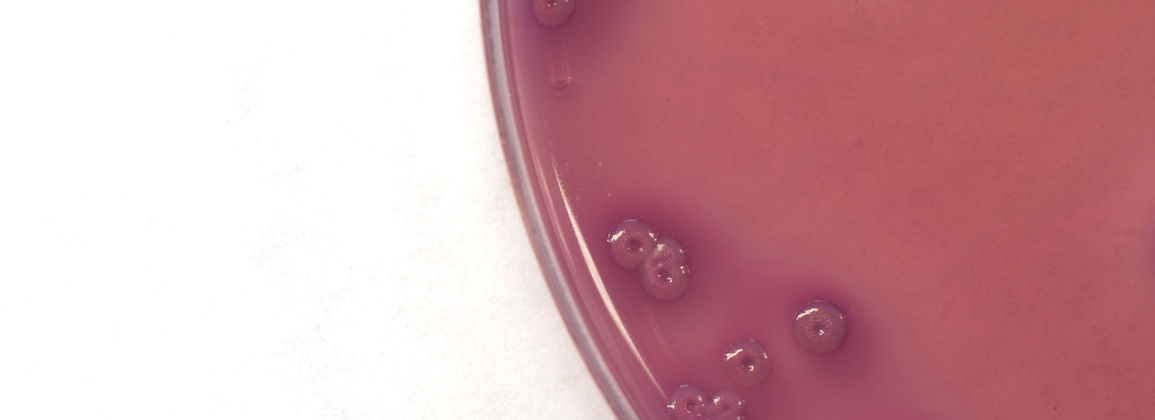
An example is the search for a company with as much and extensive in-depth knowledge and experience in research related to seafood. In that field, it can be said that Matís is one of the leading companies in the world, "says Hörður G. Kristinsson, Matís' research director.
From the beginning, Matís' international research and development work and participation in foreign projects has steadily increased and has now become a large part of its operations. Matís' staff has at the same time education and extensive experience that is useful in project relationships on almost every continent.
"This move towards foreign targets is necessary to maintain Matís' strong work and further connect its operations with strong research and development groups abroad. International co-operation is the key to further development of research for the benefit of Icelandic society. As an example of the great success that has been achieved in Matís' work, it can be mentioned that we are now participating in about 30 international research projects. Of these, Matís leads over ten projects, all of which are very large and with many international partners, "says Hörður.
New methods - a new approach
Hörður mentions as an example Amylomics and Ecofishman, both projects that are handsomely funded from the European Union's Seventh Framework Program and received excellent evaluation. The projects are very different, but Hörður says that they well reflect the great breadth and expertise that Matís has. "The Amylomics project is about finding new enzymes from Icelandic hot springs to convert starch in a new way. This can lead to a revolution in the use of new starch varieties, for example in the food industry, in addition to introducing new Icelandic enzymes. The Ecofishman project is about exploring a new approach to fisheries management where stakeholders have the opportunity to influence the development of fisheries management. The outcome of the project can lead to important improvements to the current fisheries management system, for the benefit of all, "says Hörður.
Matís on all continents
In addition to major European projects, there is great energy in Matís' Nordic co-operation. This can be seen from Matís' outstanding success in obtaining grants from the Nordic Innovation Program in the autumn of 2011. Matís leads five large projects that received grants from the fund and participates in almost all projects that were funded.
"This is a good example of the great power and ambition that lies in Matís' work. The projects range from developing new consumer products from Icelandic seaweed to creating a plan for marketing Nordic whitefish products, "says Hörður.
Matís' foreign co-operation is not only limited to Europe. The company's projects and partners are on almost every continent. An example is a development project that began in the autumn of 2011 for the Tanzanian government related to research on fish, fish processing and an assessment of the social status of fishing communities on Lake Tanganyika. Matís has recently worked on other important development projects in Africa, for example in Kenya and Mozambique, related to quality issues and the training of fisheries inspectors and technicians. On the other side of the Atlantic, Matís has participated in aquaculture projects in Chile and research on bioactive marine materials in the United States in collaboration with both universities and large companies. A new project is also underway with Canadian scientists to study the effects of fish proteins on type 2 diabetes, a growing global problem. These projects are mostly due to the expertise and experience that Matís employees have and are highly sought after worldwide.
Record in the number of student projects
Matís' role and role in student education and training has grown and the company has strong connections with many reputable foreign universities. Hörður mentions a very successful collaboration with UNU, the United Nations University, since its establishment, but Matís employees play an important role in teaching at the university's so-called quality line, and students are located at Matís and do their final projects there. "Last year, a new record was set in the number of students at Matís who worked on these and other projects. Of these, many were foreign students from around the world who benefited from the guidance of Matís scientists and the excellent facilities that the company can offer students. They consider Matís an exciting option because of how well the company is connected to both the university environment and companies, as most of the student projects are of the nature that they are working on scientific projects with practicality in mind. "
For further information Hard.

New master's degree in food science
Master's program in food science in collaboration with the University of Iceland, other state universities and Matís, with the involvement of companies in the food and biotechnology industry.
There will be three study programs in the program, during which students will complete a master's degree in food science with an emphasis on production management, quality management or biotechnology.
The intention is to connect the study program to the business community directly, both with guest lecturers from the business community and with practical student projects that will be carried out in collaboration with powerful food companies. At the same time, to better connect the studies to the business world
but previously known in this field, international co-operation will be strengthened, in addition to which management and operational emphases have been added to the study.
It is a practical course suitable for those who have completed undergraduate studies in food science or other science subjects such as chemistry, biology and engineering and are interested in playing a leading role in the food and biotechnology industry in management, innovation or research.
Further information can be found here and also by contacting Guðjón Þorkelsson head of department at Matís and associate professor at the University of Iceland and Steinar B. Aðalbjörnsson, marketing director of Matís.
Study website: www.framtidarnam.is.
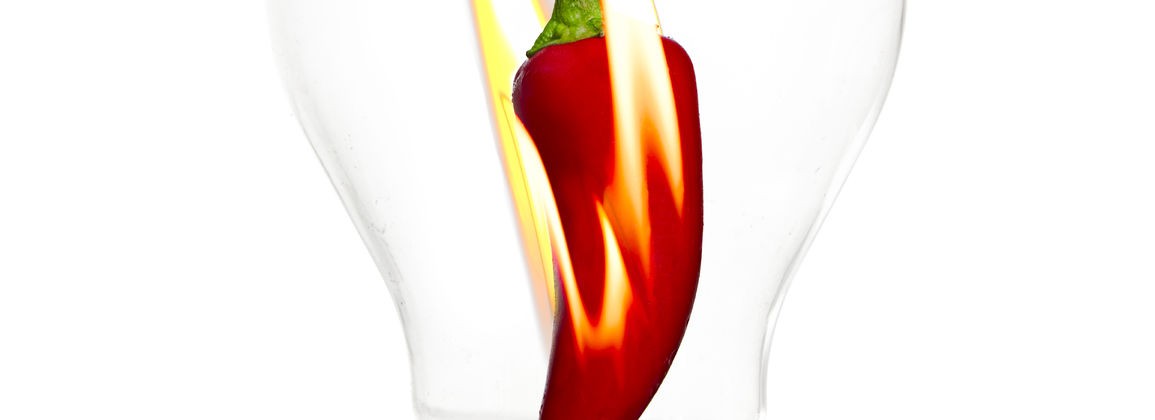
Five universities have been collaborating with the Iceland Innovation Center and Matís for some time now and are offering the first courses of their kind in Iceland. The course is called "Eco-friendly food innovation" and brings students from different fields of study and different universities together and guides them through all the aspects of the process from shaping a cost-effective product idea to developing a fully-fledged eco-friendly product and bringing it to domestic and foreign market.
Innovation is talked about as a promising and effective opportunity to create growth and profits, both within individual companies and whole economies. There is every reason to educate and train Icelandic university students in the innovation processes that promote the creation, marketing and sale of new product ideas. The University of Iceland, the University of Akureyri, the Agricultural University, the Academy of the Arts and the University of Hólar have therefore joined forces in collaboration with the Iceland Innovation Center and Matís and offer courses where students create new product ideas and develop sophisticated and marketable products in collaboration with the business community. and students from other specialties and schools so that expertise from different sources is utilized in the overall process. Success in product development is based, among other things, on such collaboration and collaboration between parties with different professional knowledge and experience, and the sustainable use of resources and the impact of production, processing and distribution methods on the environment have also begun to have a major impact on food industry innovation.
Parties from agriculture, food companies, research institutes and university professors in relevant fields are called in to ensure that the innovative ideas that emerge are based on Icelandic raw materials, Icelandic expertise and Icelandic interests. Teams of students are formed across the universities and across the relevant disciplines so that each person's expertise is utilized. There is a lot to work on, but the product idea that wins the competition for the most promising and eco-friendly innovation idea in the field of food, which will be held at the end of the course, can take part in the Eco-Trophelia competition, where eco-friendly food ideas will compete with each other.
The competition in Iceland will be held in connection with the Design March and students will compete with their ideas and products behind closed doors on March 23. Results will then be announced with pomp and splendor on Saturday 24 March.
The winning group will receive a prestigious award and its members will represent Iceland in the EcoTrophelia European competition.
For further information, contact Fanney Frisbæk at Nýsköpunarmiðstöð, fanney@nmi.is, 522-9144.
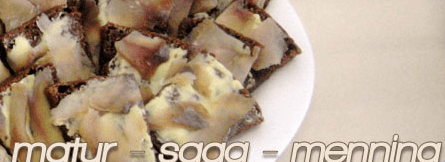
The chefs Sigurvin Gunnarsson and Friðrik V. Karlsson, members of MSM, choose five recipes. You can send recipes by e-mail to sigurvingunnars@simnet.is no later than March 23.
Winning recipes will be chosen at the end of Grindavík Culture Week March 17 - 25, see more about the varied program at www.grindavik.is
1st prize is ISK 30,000, 2nd prize ISK 20,000, 3rd prize ISK 10,000, 4th prize ISK 5,000 and 5th prize ISK 5,000.
Winning recipes will be visible on websites www.matarsetur.is and www.grindavik.is. During Culture Week, Salthúsið in Grindavík will offer salted fish dishes www.salthusid.is.
The company Food history culture
www.matarsetur.is
facebook: food history culture
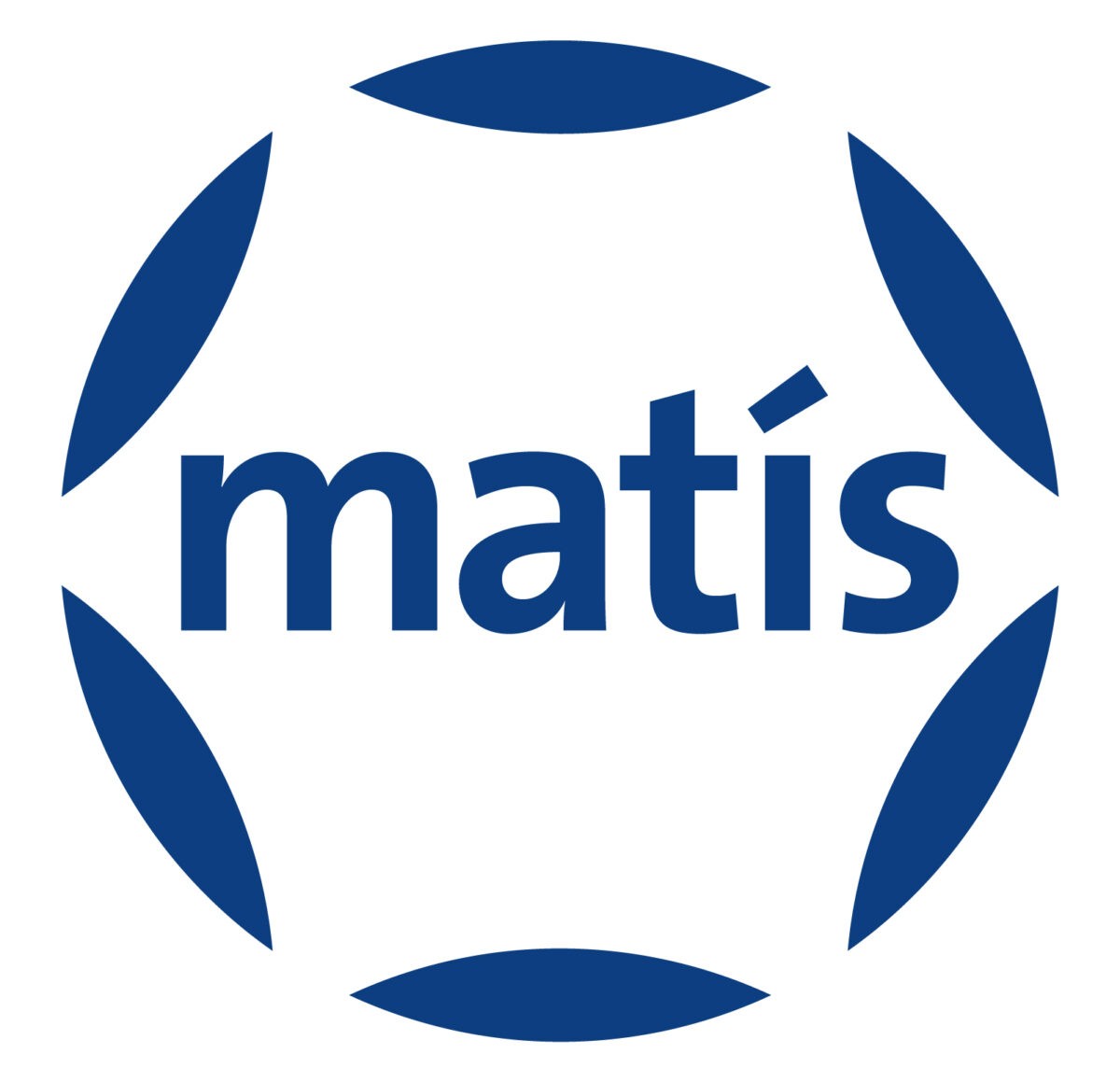
Here You can see a list of the projects that summer students can work on this summer. Recruitment is subject to funding and it is best to contact the contact person for each project regarding all aspects of the project as well as the possibility of hiring (information on employees can be found here).
Applications for summer jobs are accepted here.
For further information Jón Haukur Arnarson, Matís' human resources manager.

University students and those who intend to pursue a master's or doctoral program can familiarize themselves with Matís 'activities and how the studies can be linked to fun and demanding projects at Matís and Matís' partners.
The advertisement for the homecoming can be found here.

Þorleifur says in a conversation with Útvegsblaðið that the collaboration shows the possibilities inherent in cluster collaboration such as the Icelandic Ocean Cluster.
The research collaboration between Náttúrustofa Vestfjarði and Matís has ranged from observations of optimal locations for aquaculture to what happens to organic residues such as eutrophication of bottom and sea. The collaboration began when Náttúrustofa Vestfjarði came to Matís' research regarding experiments with using light to delay the maturation of cod. Náttúrustofan also participated in Matís' study of the environmental aspects of aquaculture that the company worked on with aquaculture companies in the Westfjords.
Due to the collaboration, Náttúrustofa Vestfjarði has been able to increasingly develop various theories that can be generalized! from. The research has also produced results that are more useful to aquaculture than narrow service research. "Since then, our collaboration has enabled Náttúrustofa Vestfjarði to move to pure academic basic research on the environmental issues of coastal waters in addition to consulting and service research for individual companies. Among other things, we have conducted research on what happens to organic excesses that are released into the environment and their impact on the marine environment. That project has developed into our largest collaborative project, "says Þorleifur to Útvegsblaðið.
New ideas and approaches have emerged as a result of the collaboration. "When it comes to our projects, the main thing is to work on research that promotes environmentally friendly aquaculture. The research has since developed into larger projects where we are trying to understand these environmental issues in a larger whole. We were completing a basic research project we call “Biosphere Life! a. "This is a basic study of the tolerance limits of Icelandic fjords for organic pollution."
According to Þorleif, other research has been carried out in collaboration with Matís, for example on the development of breeding pens and what attachments are attached to the pens. Náttúrustofa Vestfjarði, in collaboration with Matís, is working on examining the combination of cod and mussels, but it is too early to report those results.
This news is published on Bæjarinn Besta's website, www.bb.is (asta (at) bb.is)
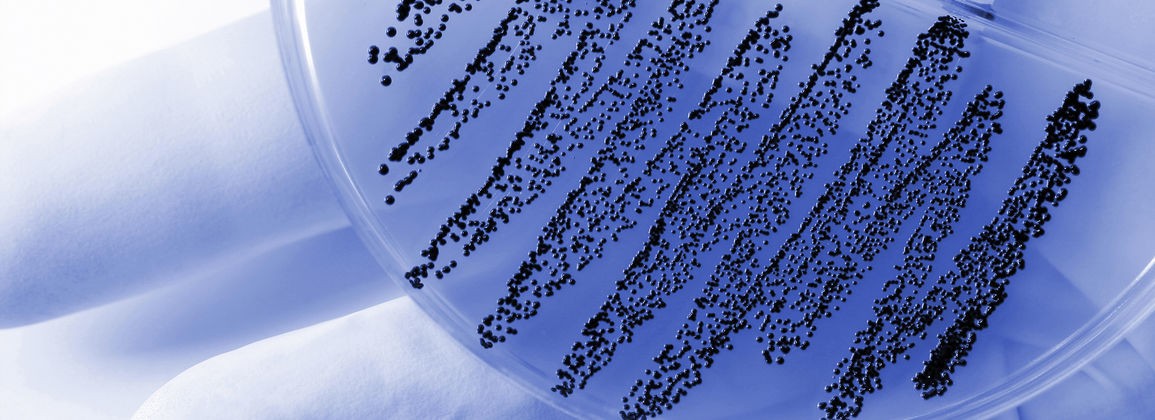
It is clear that the guidelines are asking for increased sampling in food production at most food companies in order to verify that the methods used to prevent dangers are yielding the desired results.
Matís runs the largest accredited food laboratory in the country and works with numerous food companies, large and small, around the country. We offer measurements according to the needs of individual companies and can also provide advice and assistance with sampling and the preparation of sampling plans.
Please contact Franklín Georgsson at 422-5000 or 858-5040 or at profun@matis.is.
Matís employs experts with extensive experience and knowledge in all areas of food production. We can therefore also offer food companies comprehensive services and advice tailored to the needs of each customer. These include services regarding:
We invite companies to contact Margeir Gissurarson at tel. 422-5000 or 858-5093, but you can also send inquiries to the e-mail address radgjof@matis.is.
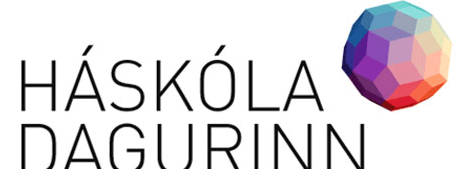
The University of Iceland offers presentations on numerous study programs. For example, there will be presentations on food science, nutrition and a new master's program in food science. Matís is a participant along with others in the new master's program in food science.
Further information about the new master's program can be found here.
During the university day, visitors can get acquainted with the university's diverse range of courses, both undergraduate and graduate studies, activities and services, visit laboratories, equipment, facilities and premises. There will be scientists and students from all departments of the school answering questions about everything between heaven and earth - or as close as possible. Student counselors give good advice and the multifaceted services and colorful social life that is available to students at the University of Iceland will be introduced.
The University of Iceland presents all studies in Main building, Háskólatorg, Askja and will also have science exhibitions in University Cinema. Háskólabíó will also feature the University of Akureyri, Hólar University, Hólar, the Agricultural University of Iceland, the Iceland Academy of the Arts, Keilir and Nordic universities with a presentation of their studies.
There will also be the nationally famous The bombing rate of the University of Iceland with colorful displays and University of Iceland Science Center will be opened in the lobby of Háskólabíós in a formal way.
Reykjavík University will present its study programs in Nauthólsvík, but the Iceland Academy of the Arts will also be there at the University Cinema.
home page University Day.